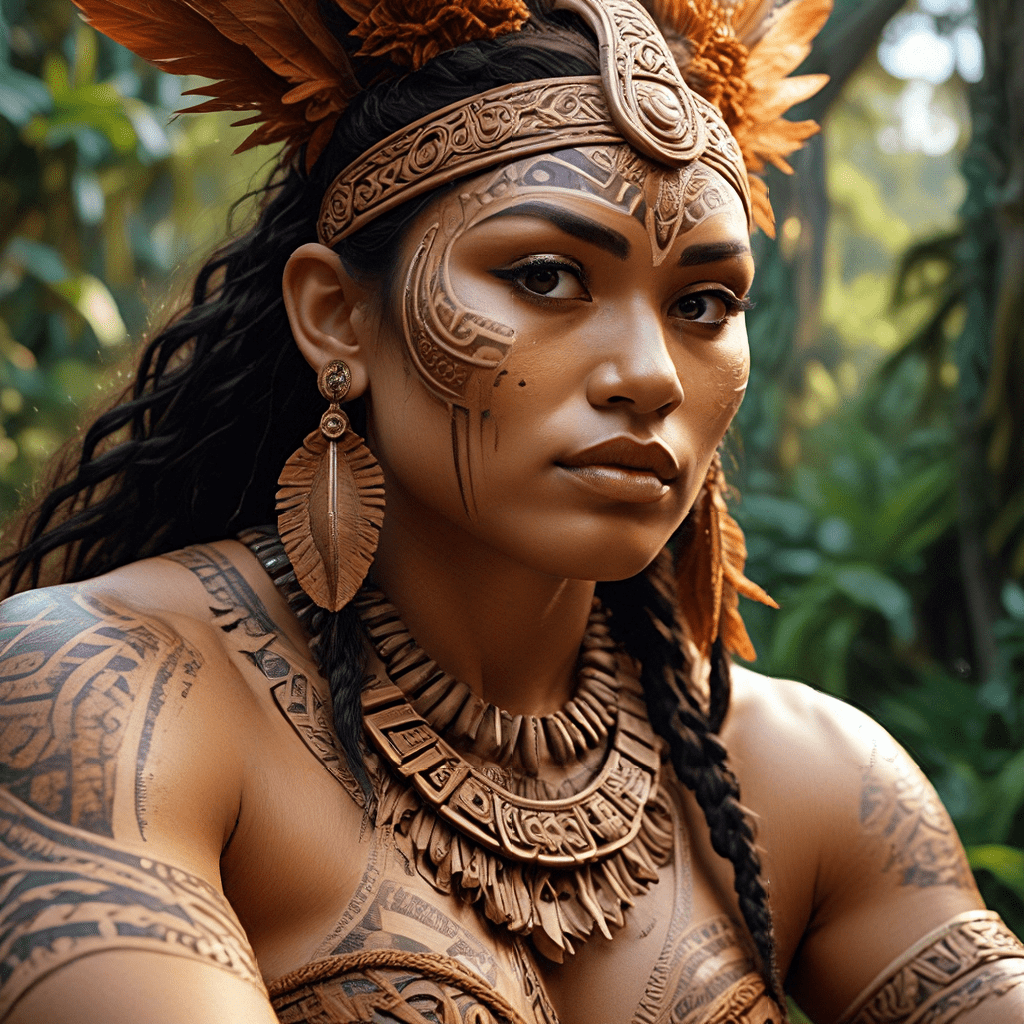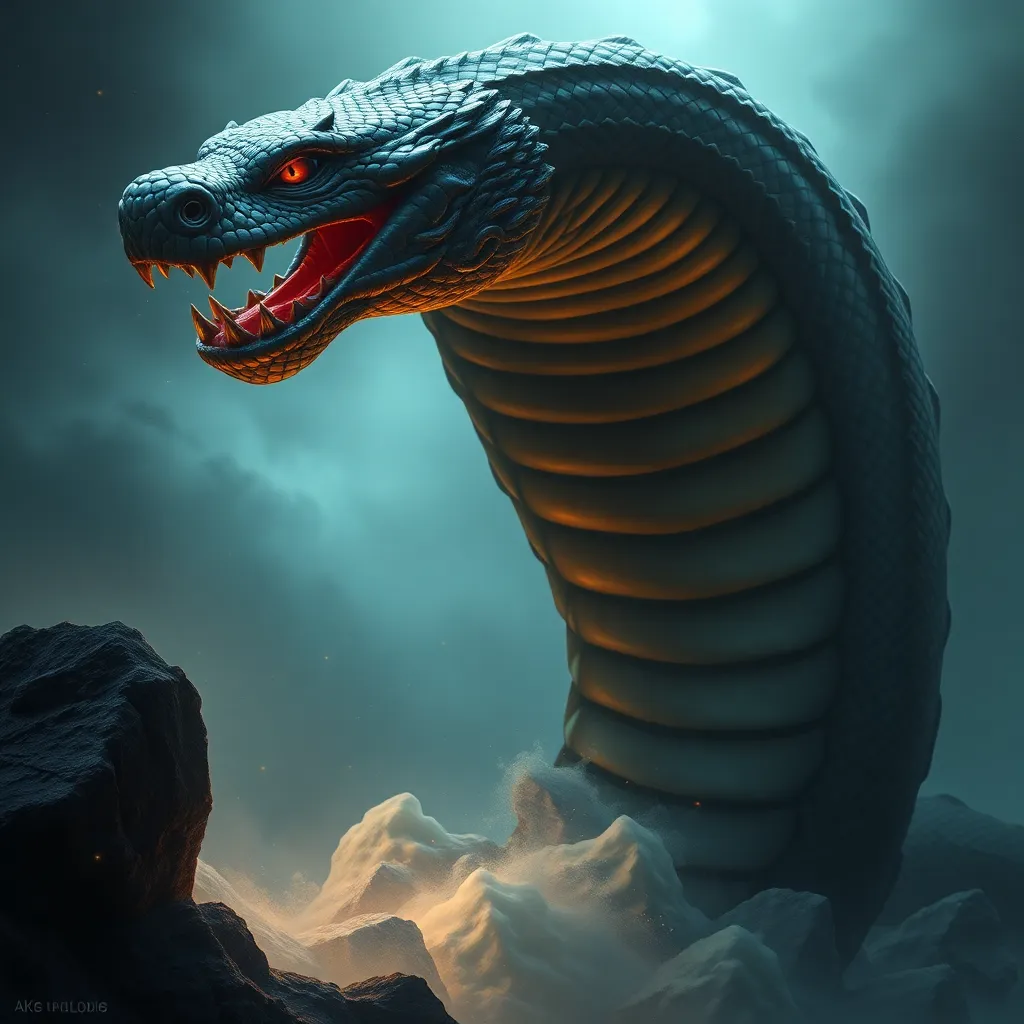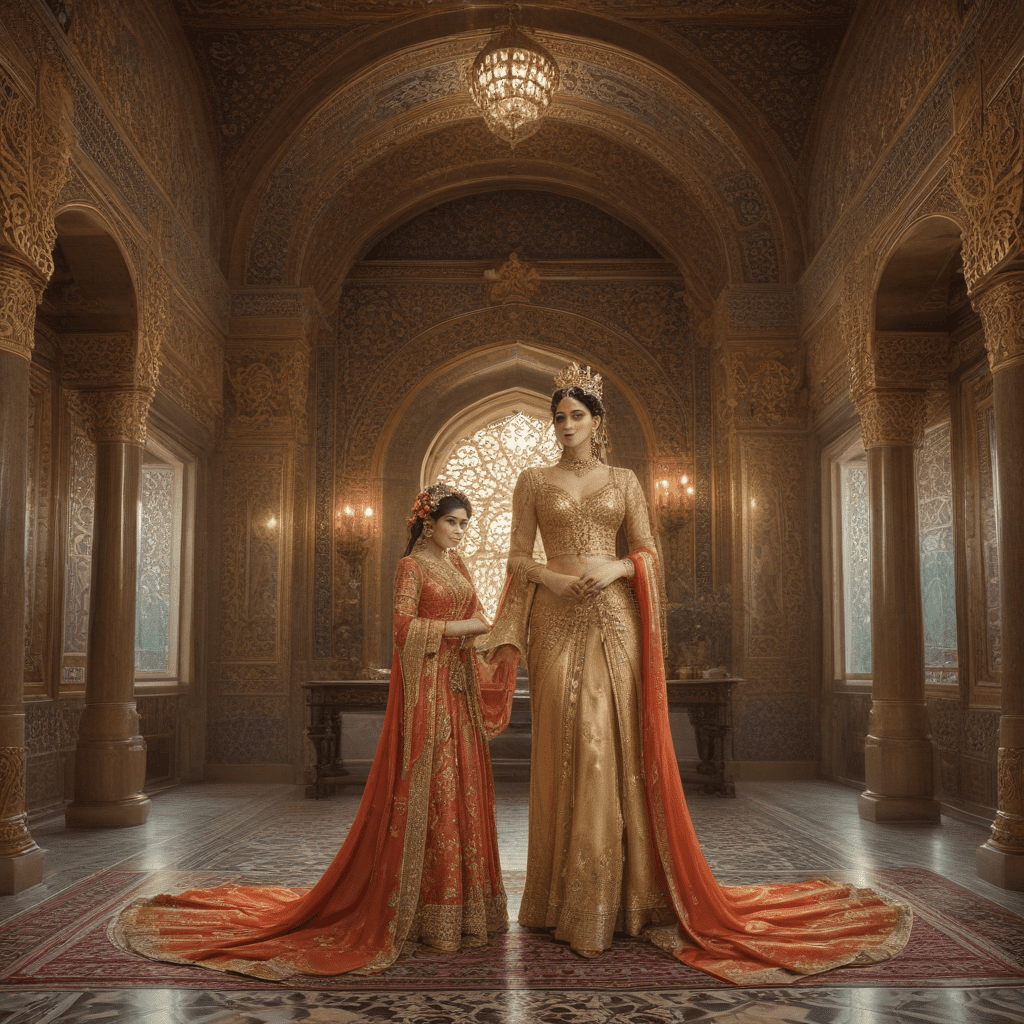Maori Mythology: A World of Shapeshifting and Trickery
Maori mythology is rich with tales of tricksters and shape-shifters, captivating stories that reflect the unique beliefs and values of the Maori people of New Zealand. These characters, often mischievous and clever, blur the lines between human and divine, offering insights into the complexities of the natural world and the human condition. From the cunning Tiki, the archetypal trickster, to the powerful Tangaroa, god of the sea, these figures play pivotal roles in shaping the landscape of Maori mythology. Their antics not only entertain but also offer valuable lessons about morality, social order, and the transformative nature of the universe.
The Importance of Tricksters in Maori Culture
Tricksters in Maori mythology are not simply mischievous figures; they serve a crucial role in shaping cultural understanding and values. They often embody the chaotic and unpredictable nature of the world, challenging established norms and highlighting the absurdity of rigid rules. Through their antics, they expose hypocrisy and reveal the flaws in human behavior. In doing so, they encourage critical thinking and a questioning of societal expectations, fostering a sense of adaptability and resilience in the face of change.
For instance, the story of Maui, a demi-god known for his cunning and trickery, illustrates this concept. Maui, despite his often mischievous nature, is also celebrated for his bravery and ingenuity, achieving feats like fishing up the North Island of New Zealand. His stories highlight the importance of resourcefulness, resilience, and the ability to adapt to new situations, essential qualities for survival in a challenging environment.
Tiki: The Archetypal Trickster
Tiki, often depicted as a small, mischievous figure with a mischievous grin, embodies the quintessential trickster archetype in Maori mythology. He represents the creative and chaotic force of the universe, embodying the playful spirit of creation and the unpredictable nature of existence. His actions, though often disruptive and mischievous, often result in positive outcomes, highlighting the importance of embracing the unexpected and finding humor in challenging situations.
Tiki's stories often involve him outsmarting more powerful beings, demonstrating the power of wit and cunning, and serving as a reminder that even the most formidable of adversaries can be overcome with ingenuity. His role in creation mythology, where he is said to have shaped the first human from clay, further emphasizes his importance as a cultural symbol of transformation and the ongoing process of creation.
The Nature of Shape-Shifting in Maori Mythology
Shape-shifting, a common theme in Maori mythology, reflects the fluidity and interconnectedness of the natural world. It allows for a blurring of boundaries between humans, animals, and deities, highlighting the transformative potential of the universe. These transformations often symbolize the adaptability and resilience of life, signifying the ability to change and adapt to new circumstances.
For example, the "Tane Mahuta" myth illustrates the transformative power of shape-shifting. In this story, Tane, the god of forests, takes on different forms to create the world, ultimately shaping the universe through his ability to adapt and change. The constant shifts in form reflect the constant evolution and adaptation of the natural world, emphasizing the dynamic and interconnected nature of existence.
The Role of Tangaroa: God of the Sea and Shape-Shifter
Tangaroa, the god of the sea, embodies the powerful and unpredictable nature of the ocean. His ability to shapeshift, often transforming into various sea creatures, reflects the fluidity and mystery of the marine world. Tangaroa's transformations not only highlight the vastness and power of the ocean but also emphasize the interconnectedness of all life, particularly the close relationship between humans and the sea in Maori culture.
His stories, often filled with adventure and danger, serve as cautionary tales, reminding people of the power of the sea and the importance of respecting its power. By embodying the unpredictability of the ocean, Tangaroa serves as a reminder of the vastness and power of the natural world, encouraging a sense of awe and respect.
Exploring the Motives of Tricksters and Shape-Shifters
The actions of tricksters and shape-shifters in Maori mythology are not always driven by malice. Often, their motivations are rooted in a desire for knowledge, a need for amusement, or a longing to challenge the established order. They may seek to expose hypocrisy, test boundaries, or simply spark a little chaos in the world.
For instance, Maui's famous feat of fishing up the North Island was not driven by greed, but by a desire to improve the lives of his people. Similarly, Tiki's mischievous actions, while often disruptive, often result in positive outcomes, highlighting the importance of embracing the unexpected and finding humor in challenging situations.
In some cases, the motives of tricksters and shape-shifters remain shrouded in mystery, adding to their allure and mystique. These characters often embody the unknown, the unpredictable, and the unexplainable aspects of existence, serving as a reminder of the mysteries that lie beyond our understanding.
The Role of Transformation in Maori Creation Myths
Maori creation myths are infused with tales of transformation, highlighting the transformative power of the universe and the interconnectedness of all things. These myths often depict the world being shaped through the actions of deities who shift and change, taking on different forms to bring forth new life and order.
One of the most famous examples of this is the story of Tane Mahuta, the god of forests, who creates the world through a series of transformations. Tane shapes the landscape, brings forth vegetation, and ultimately gives birth to humanity through his ability to adapt and change. This story underscores the importance of transformation in Maori cosmology, emphasizing the ongoing process of creation and the dynamic nature of existence.
The creation myths also reveal the importance of embracing change and the need to adapt to new circumstances. They highlight the cyclical nature of life, death, and rebirth, and the constant flux of the natural world.
The Impact of Tricksters on Social Order and Morality
While tricksters often challenge established norms and social order, their actions are not always seen as wholly negative. They can act as catalysts for change, highlighting the flaws in existing systems and prompting individuals to re-evaluate their values and beliefs. By exposing hypocrisy and challenging authority, tricksters can contribute to a more just and equitable society.
The tales of Maui, for example, highlight the importance of critical thinking and questioning authority. Maui's cleverness and resourcefulness, combined with his unwavering determination, inspire a sense of empowerment and encourage people to challenge the status quo.
However, tricksters can also have a negative impact on social order. Their actions can be disruptive, leading to chaos and instability. Their disregard for rules and conventions can challenge the foundations of society, leading to moral dilemmas and questioning of established values.
The Influence of Maori Trickster Mythology on Contemporary Culture
The tales of tricksters and shape-shifters in Maori mythology continue to inspire and resonate with audiences today. These characters offer a unique perspective on the human condition, highlighting the complexities of human nature, the importance of adaptability, and the enduring power of storytelling.
Their stories have been incorporated into contemporary literature, film, and art, serving as a source of inspiration for creators and a reminder of the enduring power of mythical narratives.
Theories on the Origins of Maori Trickster Mythology
Scholars have proposed various theories to explain the origins of Maori trickster mythology. Some suggest that these stories arose from an attempt to explain the inexplicable, to understand the forces of nature, and to grapple with the complexities of the human condition.
Other theories propose that trickster figures emerged from a need to challenge established norms and hierarchies, to question authority, and to explore the boundaries of social order.
Regardless of their origin, Maori trickster myths continue to fascinate and inspire, providing valuable insights into the cultural values, beliefs, and worldview of the Maori people.
FAQ
Q: Why are tricksters so important in Maori mythology?
A: Tricksters in Maori mythology are not simply mischievous figures; they play a crucial role in shaping cultural understanding and values. They represent the chaotic and unpredictable nature of the world, challenging established norms and highlighting the absurdity of rigid rules.
Q: What are some of the most famous trickster figures in Maori mythology?
A: Some of the most famous trickster figures in Maori mythology include Tiki, Maui, and Tangaroa. Each of these figures embodies different aspects of the trickster archetype, highlighting the power of wit, cunning, and adaptability.
Q: How does shape-shifting play a role in Maori mythology?
A: Shape-shifting in Maori mythology represents the fluidity and interconnectedness of the natural world, allowing for a blurring of boundaries between humans, animals, and deities. These transformations often symbolize the adaptability and resilience of life, signifying the ability to change and adapt to new circumstances.
Q: How has Maori trickster mythology influenced contemporary culture?
A: The tales of tricksters and shape-shifters in Maori mythology continue to inspire and resonate with audiences today, influencing contemporary literature, film, and art. These characters offer a unique perspective on the human condition, highlighting the complexities of human nature, the importance of adaptability, and the enduring power of storytelling.



